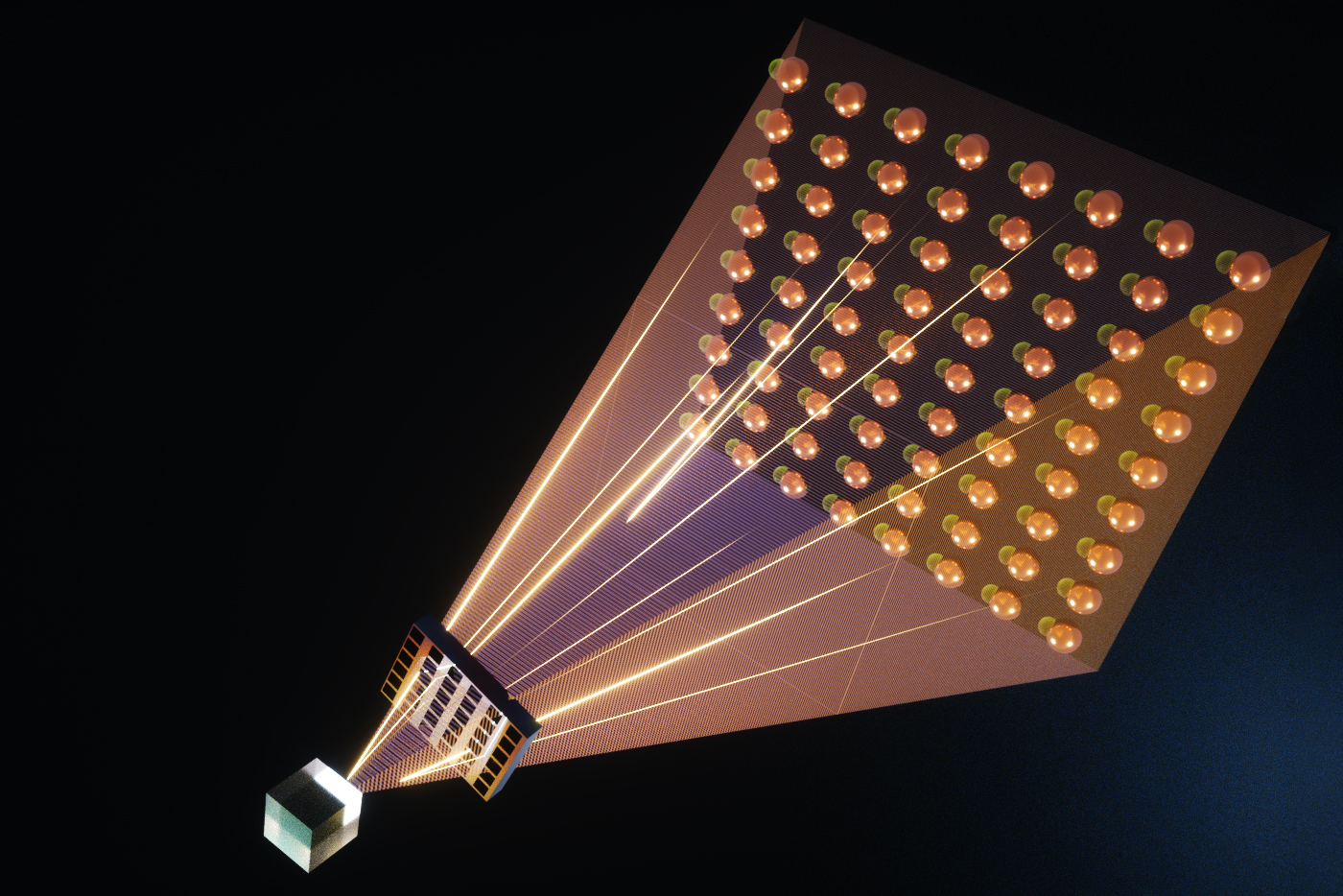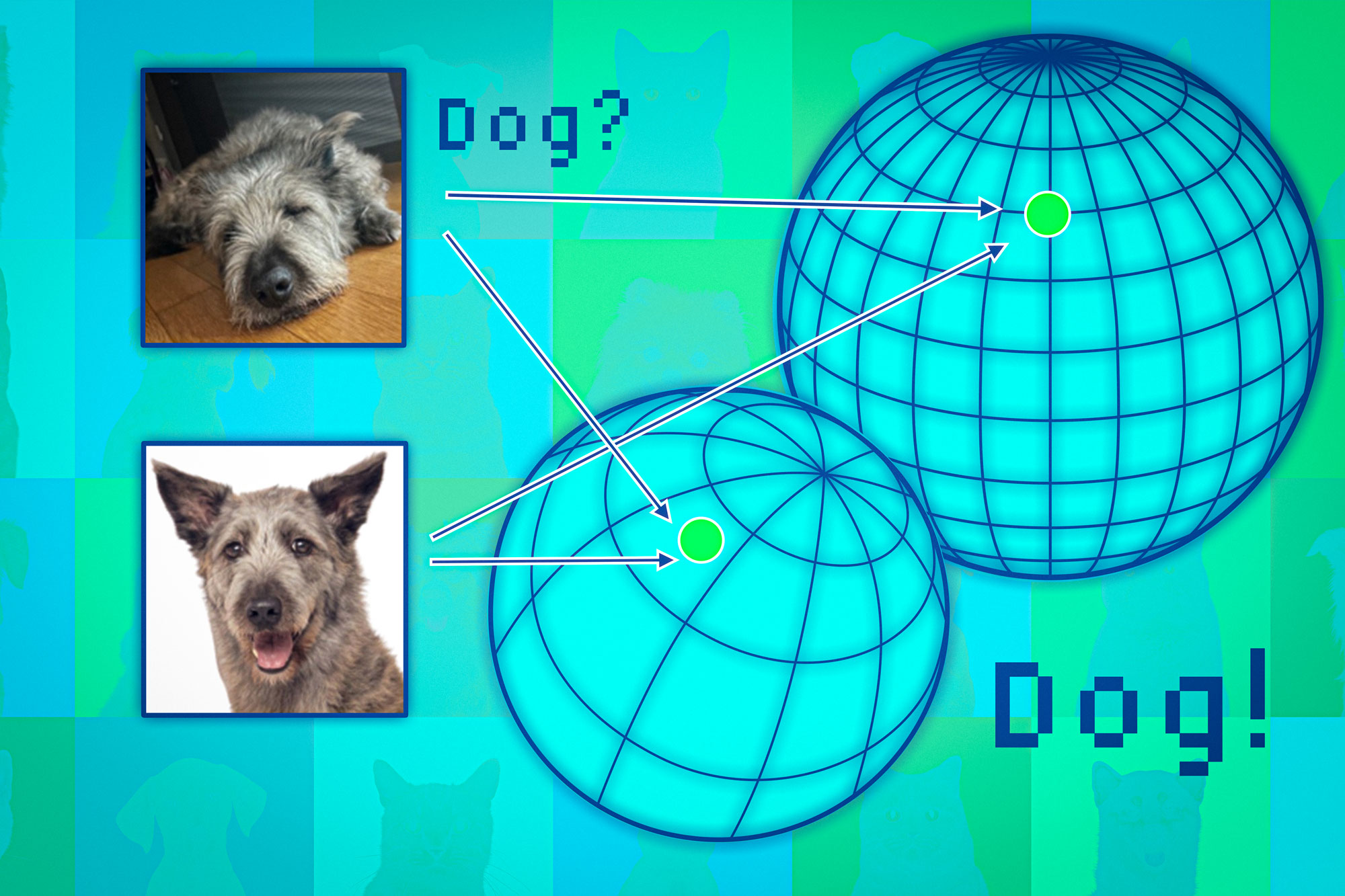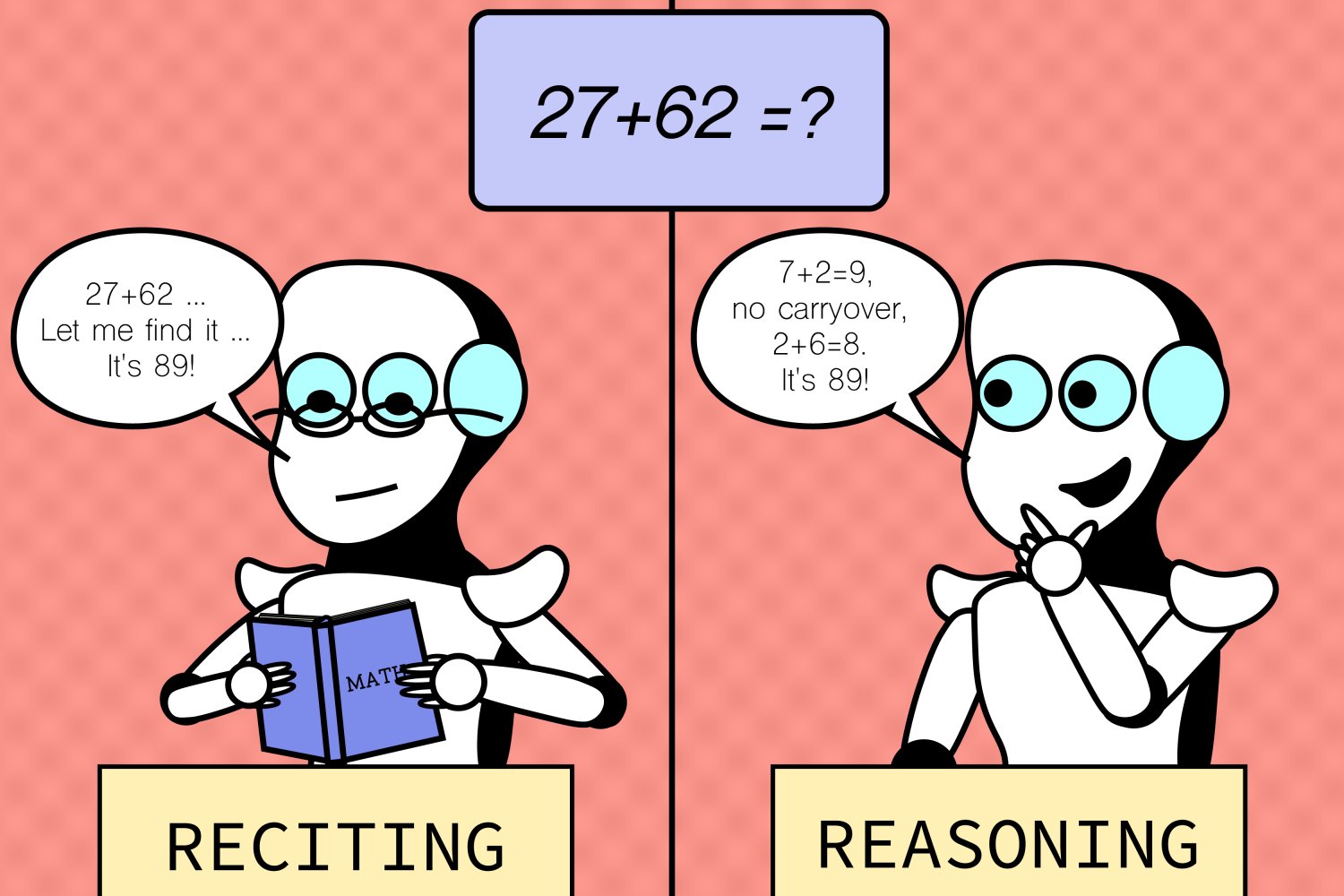-
Chatbot Iris offers students individual support

How can a chatbot support students in lectures and with assigned exercises? Researchers at the Technical University of Munich (TUM) have developed the chatbot Iris, which offers computer science students personalized assistance with programming assignments. A study has now confirmed the chatbot’s success: Iris improves the understanding of programming concepts and represents a valuable complement…
-
AI method radically speeds predictions of materials’ thermal properties

It is estimated that about 70 percent of the energy generated worldwide ends up as waste heat. If scientists could better predict how heat moves through semiconductors and insulators, they could design more efficient power generation systems. However, the thermal properties of materials can be exceedingly difficult to model. The trouble comes from phonons, which…
-
Scientists develop new artificial intelligence method to create material ‘fingerprints’

Study shows how materials change as they are stressed and relaxed. Like people, materials evolve over time. They also behave differently when they are stressed and relaxed. Scientists looking to measure the dynamics of how materials change have developed a new technique that leverages X-ray photon correlation spectroscopy (XPCS), artificial intelligence (AI) and machine learning.…
-
How to assess a general-purpose AI model’s reliability before it’s deployed

Foundation models are massive deep-learning models that have been pretrained on an enormous amount of general-purpose, unlabeled data. They can be applied to a variety of tasks, like generating images or answering customer questions. But these models, which serve as the backbone for powerful artificial intelligence tools like ChatGPT and DALL-E, can offer up incorrect…
-
AI found to boost individual creativity — at the expense of less varied content

Stories written with AI assistance have been deemed to be more creative, better written and more enjoyable. A new study published in the journal Science Advances finds that AI enhances creativity by boosting the novelty of story ideas as well as the ‘usefulness’ of stories — their ability to engage the target audience and potential…
-
Marking a milestone: Dedication ceremony celebrates the new MIT Schwarzman College of Computing building

The MIT Stephen A. Schwarzman College of Computing recently marked a significant milestone as it celebrated the completion and inauguration of its new building on Vassar Street with a dedication ceremony. Attended by members of the MIT community, distinguished guests, and supporters, the ceremony provided an opportunity to reflect on the transformative gift that initiated the…
-
Reasoning skills of large language models are often overestimated

When it comes to artificial intelligence, appearances can be deceiving. The mystery surrounding the inner workings of large language models (LLMs) stems from their vast size, complex training methods, hard-to-predict behaviors, and elusive interpretability. MIT’s Computer Science and Artificial Intelligence Laboratory (CSAIL) researchers recently peered into the proverbial magnifying glass to examine how LLMs fare…
-
When to trust an AI model

Because machine-learning models can give false predictions, researchers often equip them with the ability to tell a user how confident they are about a certain decision. This is especially important in high-stake settings, such as when models are used to help identify disease in medical images or filter job applications. But a model’s uncertainty quantifications…
-
MIT ARCLab announces winners of inaugural Prize for AI Innovation in Space

Satellite density in Earth’s orbit has increased exponentially in recent years, with lower costs of small satellites allowing governments, researchers, and private companies to launch and operate some 2,877 satellites into orbit in 2023 alone. This includes increased geostationary Earth orbit (GEO) satellite activity, which brings technologies with global-scale impact, from broadband internet to climate…
